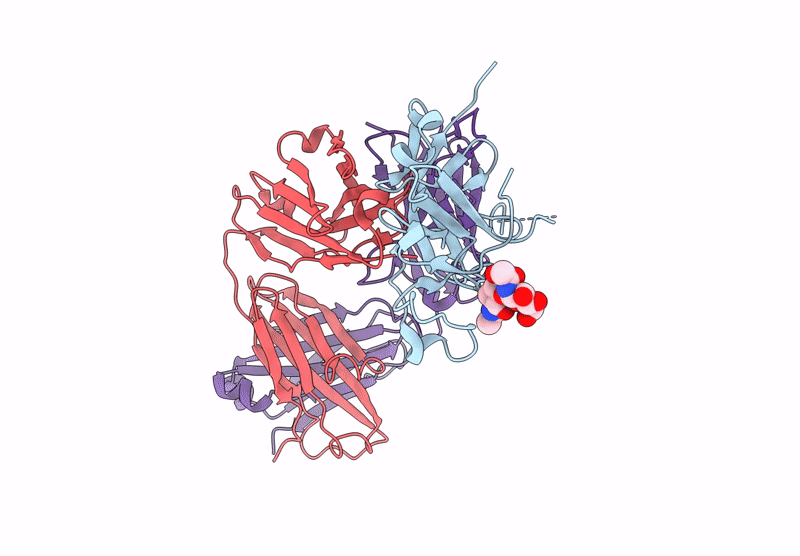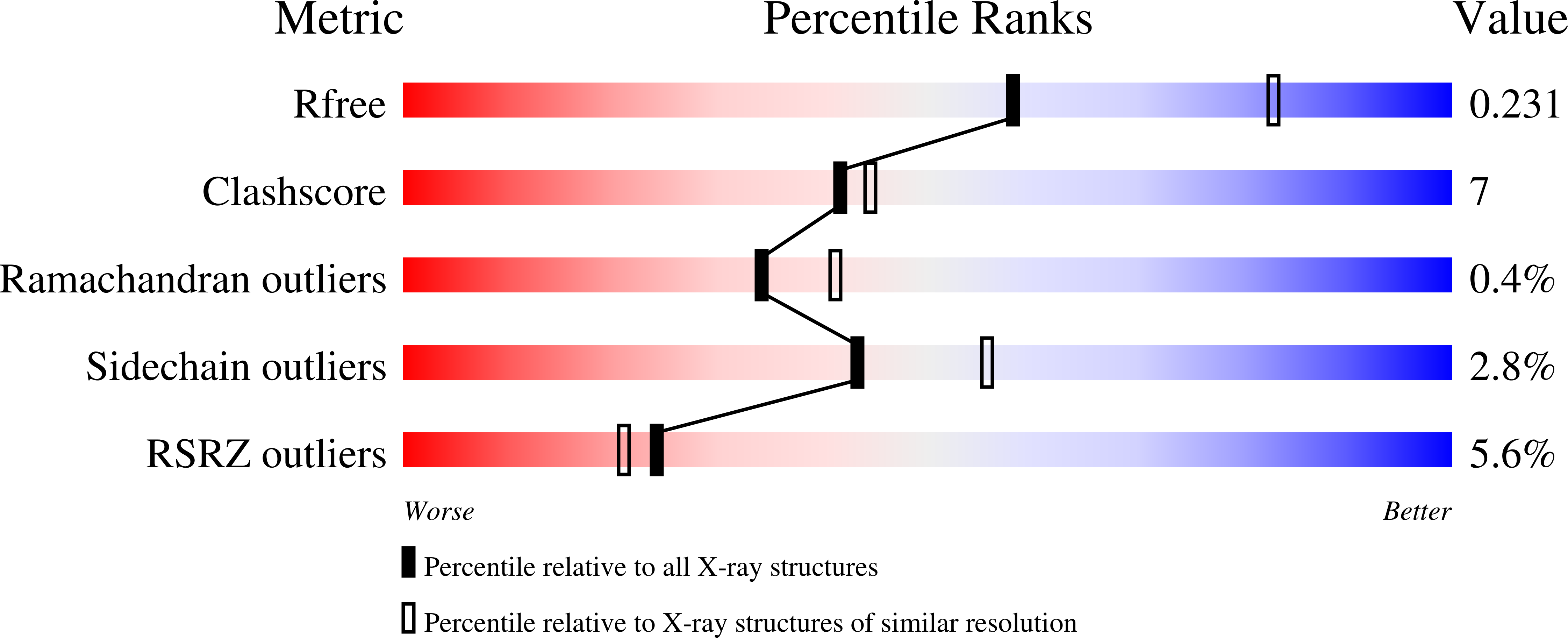
Deposition Date
2022-07-03
Release Date
2023-03-29
Last Version Date
2024-11-06
Entry Detail
PDB ID:
8DK6
Keywords:
Title:
Structure of hepatitis C virus envelope N-terminal truncated glycoprotein 2 (E2) (residues 456-713) from J6 genotype
Biological Source:
Source Organism:
Hepatitis C virus isolate HC-J6 (Taxon ID: 11113)
Mus musculus (Taxon ID: 10090)
Mus musculus (Taxon ID: 10090)
Host Organism:
Method Details:
Experimental Method:
Resolution:
2.45 Å
R-Value Free:
0.23
R-Value Work:
0.20
R-Value Observed:
0.20
Space Group:
P 2 21 21


